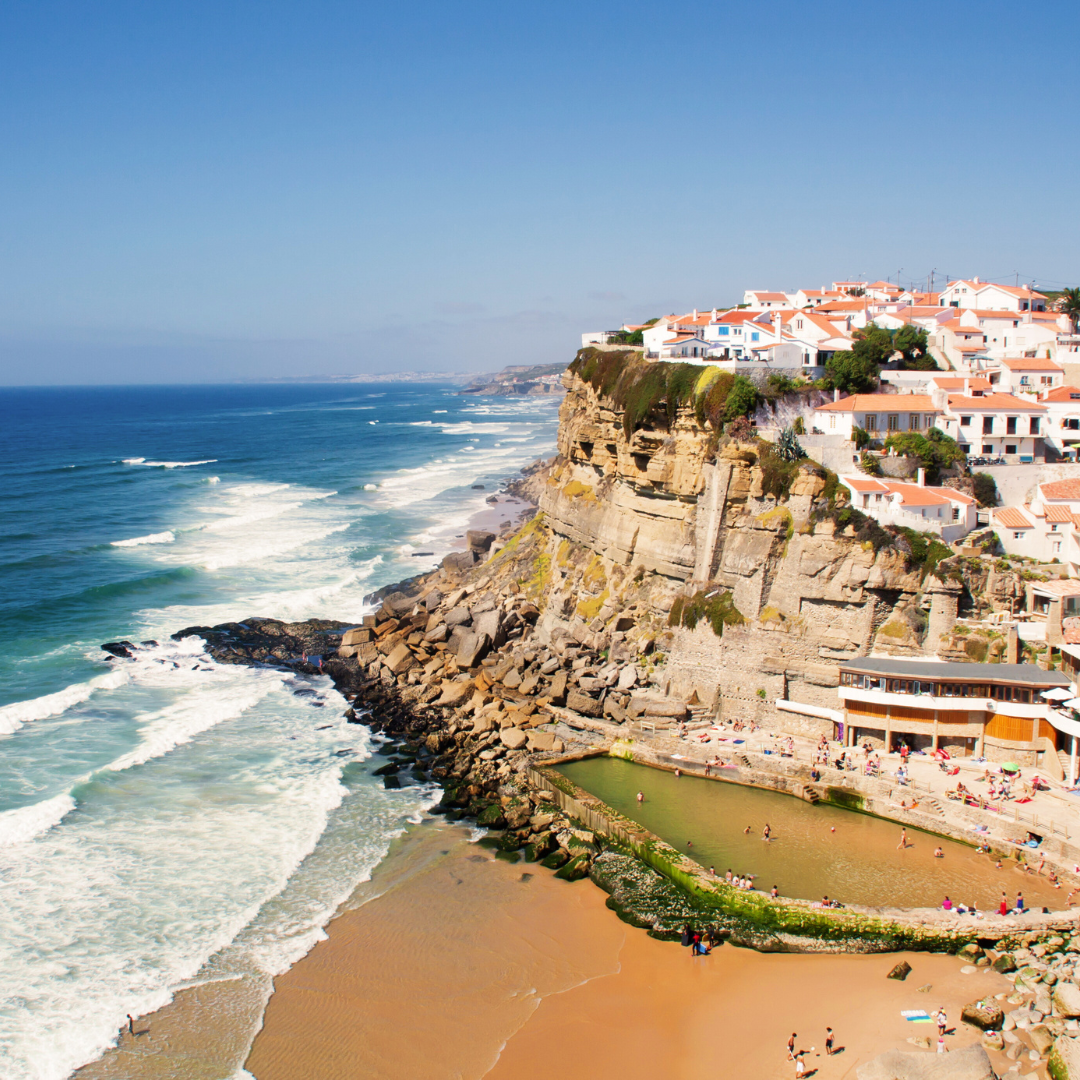Portugal’s Coastal Gems: Visiting Cascais, Sintra, and Estoril by Sea

The Portuguese coastline, fringed by the vast expanse of the Atlantic Ocean, is a treasure trove of scenic beauty, historical landmarks, and vibrant culture. From the hustle and bustle of Lisbon’s harbors, as one sails westward, the alluring towns of Cascais, Sintra, and Estoril beckon like shimmering jewels set in the azure embrace of the sea. These towns, each with its distinct allure, narrate tales of royalty, adventure, and artistic flair. As we set sail on this maritime journey, we’ll uncover the secrets of these coastal gems, revealing their rich tapestry of history, culture, and natural beauty.
Cascais: The Royal Retreat and Fishermen’s Village
Cascais, a quaint seaside town, seamlessly combines its royal heritage with its humble beginnings as a fishing village. The labyrinth of narrow streets in the town’s historic center is lined with traditional tiled houses, revealing hints of its maritime past. Fishermen still ply their trade from the local harbor, their colorful boats contrasting with the azure waters. Yet, just a short walk away, the grandeur of the Royal Palace of Cascais stands in stark contrast. Once the summer residence of the Portuguese monarchy, the palace’s ornate interiors and manicured gardens reflect the town’s royal associations. With art galleries, chic boutiques, and a vibrant nightlife, Cascais offers a harmonious blend of its historical past and contemporary allure.
Sailing to Sintra: Anchoring Near Palaces and Castles
Sintra, a mystical town nestled amidst rolling hills, is a maritime traveler’s dream come true. Although slightly inland, its close proximity to the coast makes it easily accessible for those arriving by sea. The town, dotted with turrets, towers, and palaces, exudes a fairytale ambiance. The Pena Palace, perched high on a hill, stands as a vibrant symbol of Portugal’s romantic past with its blend of architectural styles. Not far away, the ancient ruins of the Moorish Castle offer panoramic vistas of the coastline and the surrounding countryside. Sintra’s lush landscapes, enchanted gardens, and hidden waterfalls beckon sailors to anchor nearby and delve into its many wonders.
Estoril: The Riviera of Portugal and its Famous Casino
Estoril, often referred to as the ‘Portuguese Riviera’, is synonymous with luxury and leisure. This coastal town is a melting pot of culture, history, and recreation. The Casino Estoril, with its opulent interiors, stands as a testament to the town’s glamorous reputation. Beyond gaming, the casino has been a muse for writers like Ian Fleming and has played host to numerous international performances. Estoril’s promenade, lined with palm trees and overlooking sandy beaches, offers an idyllic setting for relaxation. Golf courses, luxury resorts, and spa facilities further enhance the town’s appeal to discerning travelers.
Local Beaches and Coves: Relaxation and Water Activities
The coastline between Lisbon and Cascais is dotted with a plethora of beaches, each offering a unique allure. From the bustling atmosphere of Praia de Carcavelos, popular among surfers and beachgoers, to the serene coves hidden away from the beaten path, there’s something for everyone. Tamariz Beach in Estoril, set against the backdrop of a castle, offers clear waters and golden sands. The many beaches provide an array of water activities, from windsurfing to snorkeling, making this stretch of coast a haven for water enthusiasts.
Events and Regattas: The Nautical Calendar
The maritime tradition of the region ensures a bustling calendar of nautical events. From international regattas that attract sailors from across the globe to local boat festivals that celebrate Portugal’s maritime heritage, the coastal towns come alive with energy and enthusiasm. Events such as the Cascais Classic Motorboat Festival and the Cascais Vela Regatta draw huge crowds, turning the coastline into a vibrant spectacle of sails, songs, and celebrations.
Historical Significance: Coastal Defenses and Maritime Heritage
Portugal’s coastline is steeped in history, evident in the many fortifications that dot the landscape. These coastal defenses, ranging from mighty fortresses to small battlements, were once the guardians of the region against pirate invasions and foreign adversaries. The Fortaleza da Guia in Cascais and the Forte de São Julião da Barra in Oeiras are just two examples of these historic bastions. Museums and guided tours offer insights into the maritime heritage and the strategic importance of these coastal defenses.
Navigating Between Lisbon and Cascais: Tips and Routes
The journey from Lisbon to Cascais is a scenic delight for sailors. The waters of the Tagus estuary, framed by iconic landmarks such as the Belém Tower, offer stunning vistas at every turn. While the waters are generally calm, sailors need to be aware of occasional strong winds. Anchoring spots abound, with well-equipped marinas offering modern amenities. Navigational aids and charts, easily available, ensure a safe and enjoyable voyage for both seasoned sailors and novices.
As we drop anchor on this maritime exploration, one can’t help but be enchanted by the multifaceted charm of Portugal’s coastal gems. Cascais, Sintra, and Estoril, though in close proximity, offer diverse experiences – from royal escapades and architectural marvels to sun-soaked beaches and festive regattas. This stretch of the Iberian coast is not just a destination; it’s a journey into the soul of Portugal. Whether you’re a sailor charting new waters or a traveler seeking unique tales, this coastline promises memories that linger long after the voyage ends.


